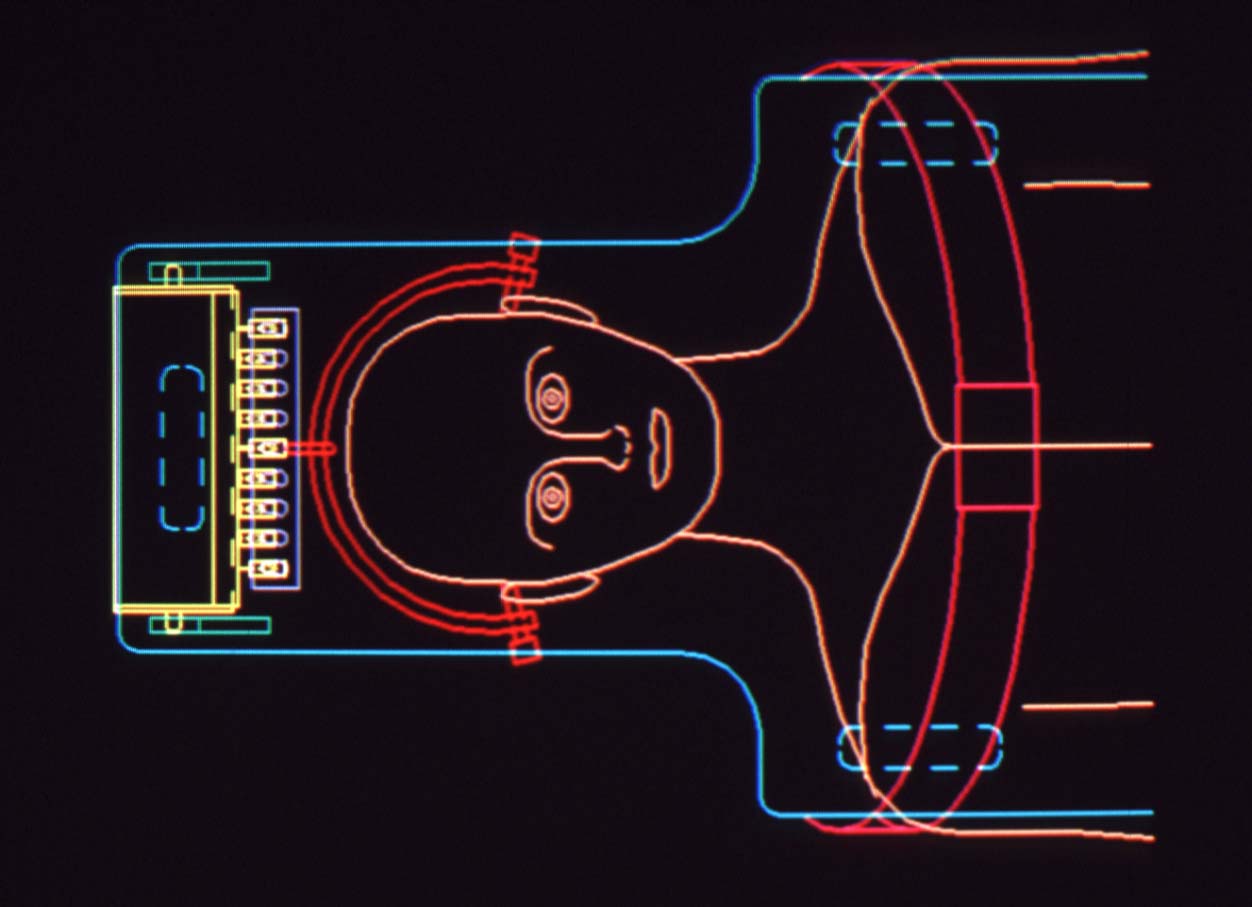
Objectives: To design, fabricate and test in laboratory and clinical settings equipment to improve stabilization of cervical spinal cord injury (SCI) patients during inter-hospital transport (particularly by air), and whenever the patient must be moved under traction for diagnostic or therapeutic procedures.

Significance: Cervical spine injured patients are exposed to risk of further injury by unintentional spinal motion during transport by helicopter to a specialized spinal center and during routine nursing, therapy and diagnosis in the hospital. Improved handling of the SCI patient in traction will continue a trend toward fewer complete lesions (due to better pre-hospital immobilization) with better functional recovery and consequent reduction in the burden of later stages of rehabilitation.
Research Plan: Commercial and experimental backboards are tested in the laboratory by measurement of deflection under end-supported center-loaded bending up to 200 lb and by accelerometric monitoring of relative body segment movement during simulated use. As part of a student project, static loading of backboards by a volunteer subject were compared to center-loaded bending tests. Dynamic loading effects on neck position are being investigated using a 5-degree-of-freedom goniometer. This study of safety and efficacy of backboards for stabilizing the spine of SCI patients during movement has the goal of developing and verifying standardized tests to answer the questions:
In suspension since 1999, this project is being reactivated by submission of a proposal to Ontario Physicians Services Incorporated Foundation, in collaboration with Dr. Marilyn Boitano, MD, US Navy. The proposal would have these aims:
Results / Status: Spinal stabilization systems using a unique constant-force traction unit and either a custom-made carbon-fiber composite backboard or a commercial full-length spine board have been in clinical use with no adverse effects since February, 1985, by the Santa Clara Valley Medical Center, Department of PM&R (Michael Berily, MD, formerly Peter Werner, MD, and Conal B. Wilmot, MD) and Stanford/Life-Flight helicopter ambulance, and since July, 1991, by REACH/MediPlane aeromedical transport service in Santa Rosa, CA.
Submission of an invention disclosure to VA General Counsel's Office in 1989 resulted in a decision to restore patent rights to the inventor. Market analysis suggests that SCI use alone would be insufficient to support a commercial product, so expanded use for other forms of traction and for resistive exercise of small muscles, such as in the hand, are being explored. New support brackets have been designed to adapt the traction unit to common commercially available beds and spine-boards, so that an expensive carbon-fiber composite board is not required.
Beginning in 1991, we corresponded with the US Air Force Armstrong Laboratory at Brooks AFB regarding the Air Force' s plan to sponsor development of a new Spinal Cord Injury Transportation System (SCITS) project. In April, 1993, in collaboration with Armstrong Laboratory Cols. Hale and Cuervo, we submitted a proposal entitled Stabilization of Acute SCI Patients in Air Evacuation and Hospitalization, to VA Merit Review for joint VA/DOD funding. The proposal was not approved, in part because the SCITS, which was to be evaluated using an accelerometric motion analysis system we have developed, was not yet available. In January, 1997, we were contacted by Vista Technologies, San Antonio, TX, the contract manager for the SCITS project.
Both the VA and the USAF efforts have concentrated on air transport of SCI patients, but the acute SCI patient spends a much longer time exposed to the in-hospital environment. We performed tests on simulated and actual cervical SCI patient handling in-hospital in which we recorded the motion environment to which patients are exposed while being lifted and turned on the kinetic bed. However, these tests have not established the number of times patients are exposed to such risks, nor whether other aspects of patient handling also pose risks to patients with unstable cervical spines. During summer of 1997 a student intern, Keren Moses, interviewed VAPAHCS and SCVMC staff who treat acute SCI patients about current patient handling practices, particularly recent changes in equipment or procedures that affect acute patients' motion environment and duration of exposure. She found that more invasive procedures are being done at emergency hospitals, so that fewer patients with unstable spines are being transported to specialized SCI centers.
Recent inquiries in 2002 about the status of the VA Rehabilitation R&D project by Chief Flight Nurses at REACH (Jennifer Hardcastle) and Airlift Northwest (Joel McCulloch) demonstrates re-awakened interest in the problem of SCI patient transport. Since usage data were not collected after 1999, we would like to compile summaries of REACH records to determine how many times the traction device has been used, for what kinds of injuries, whether there were any problems, and similar information that could be used in a publishable paper or conference presentation. The record search will be done by Ms. Hardcastle and students of Linda Anderson, head of the EMS training program at Santa Rosa Junior College.
A verbal status report on the Air Force aeromedical transport program was received from Major Brian D. Collins, Brooks AFB. From the Brooks AFB web page, it is evident that a SCITS prototype was produced, but production was not authorized. According to Major Collins, the Air Force has discontinued its development effort, and has purchased modified Stryker "Wedge" turning frames instead.
The 1994 project report is posted here.